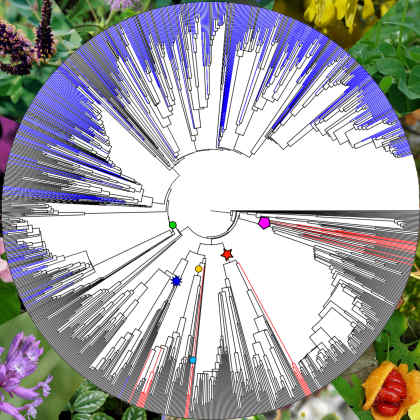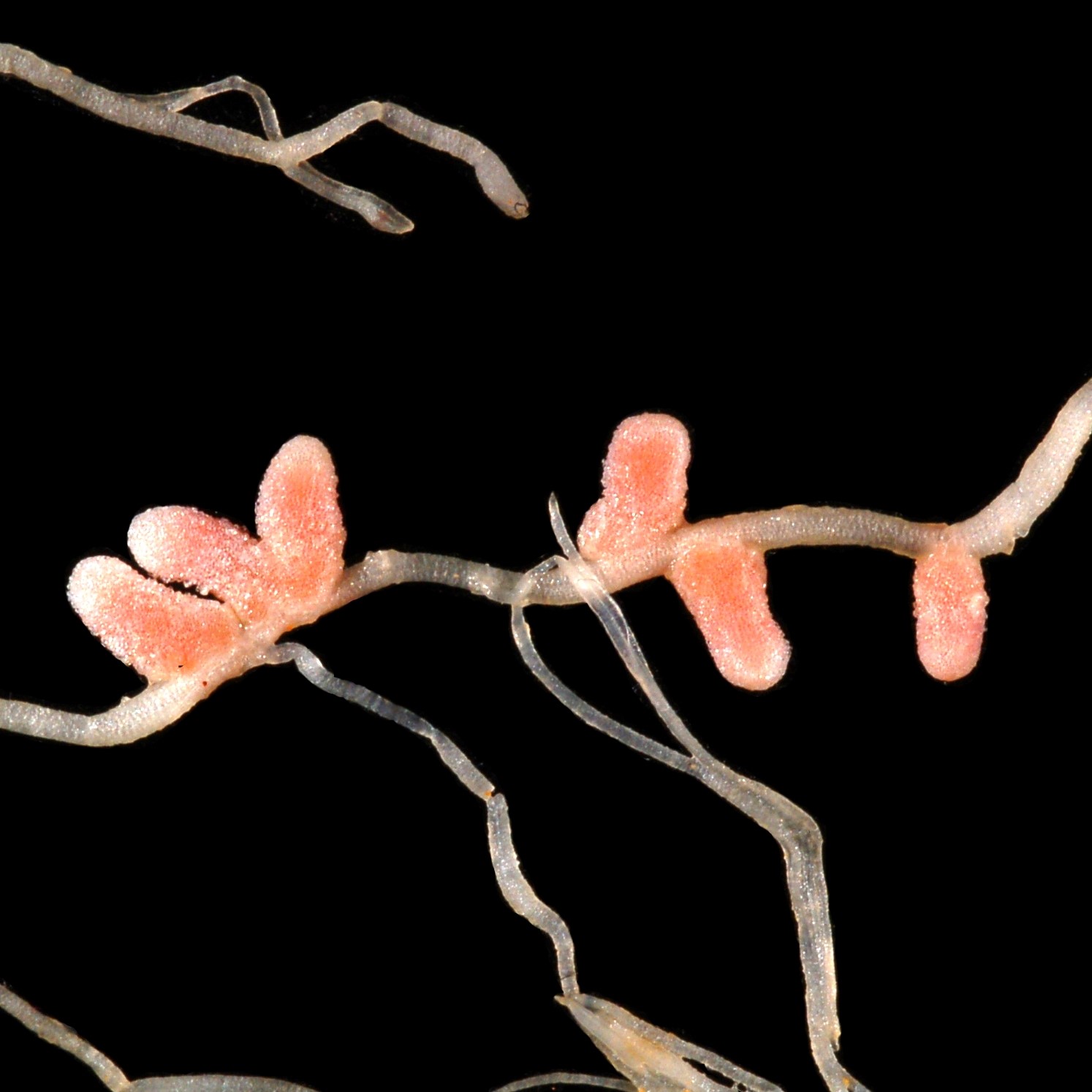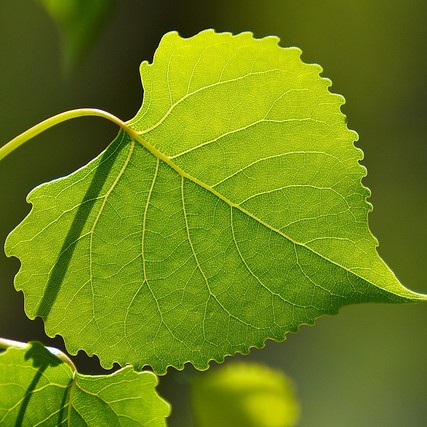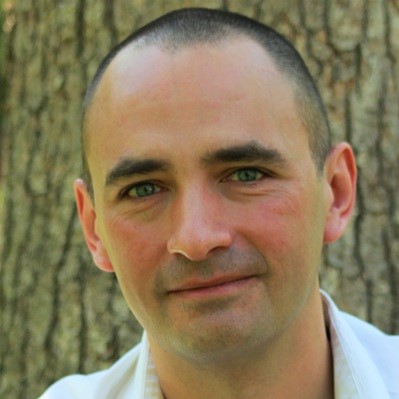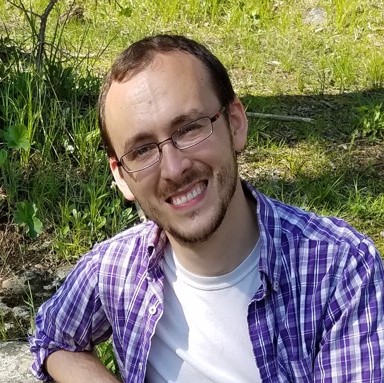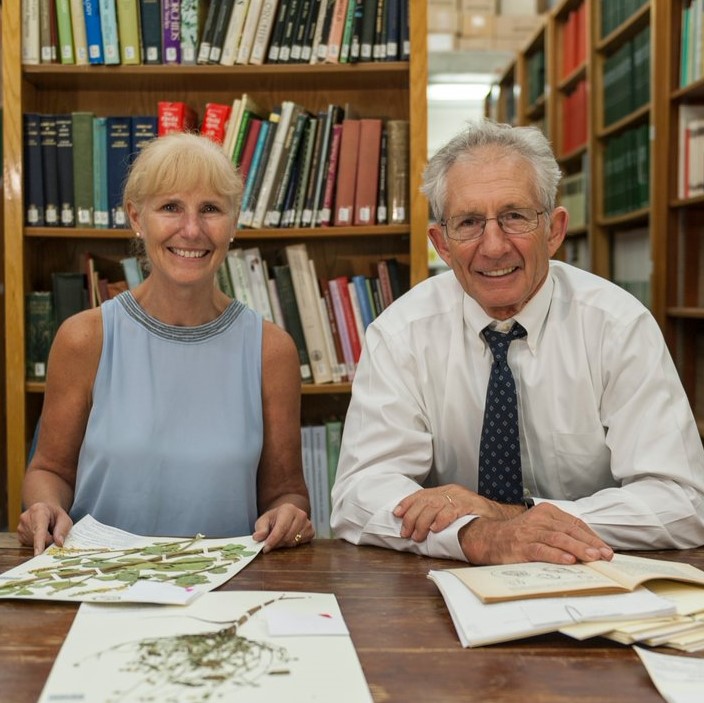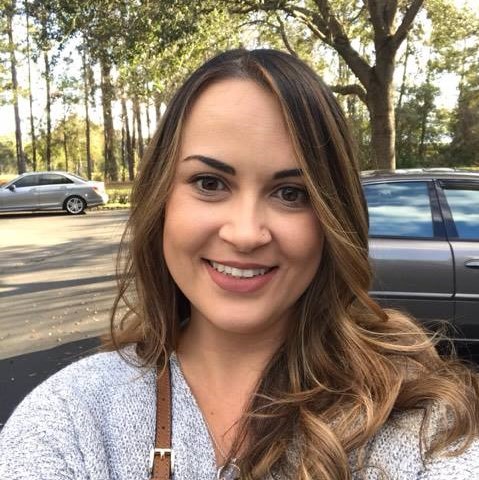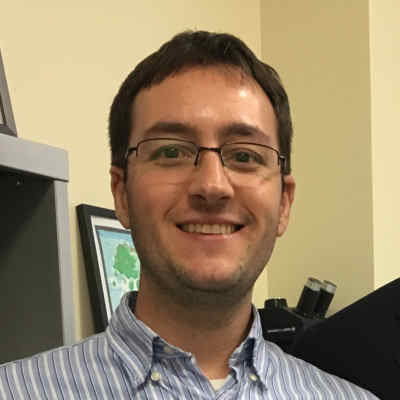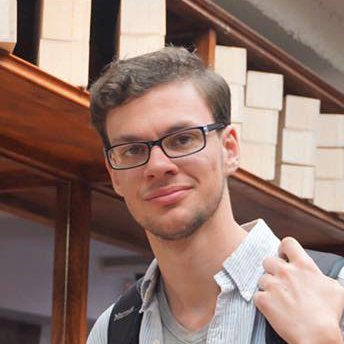The Research
Engineering bioenergy crops so they can be grown in marginal lands
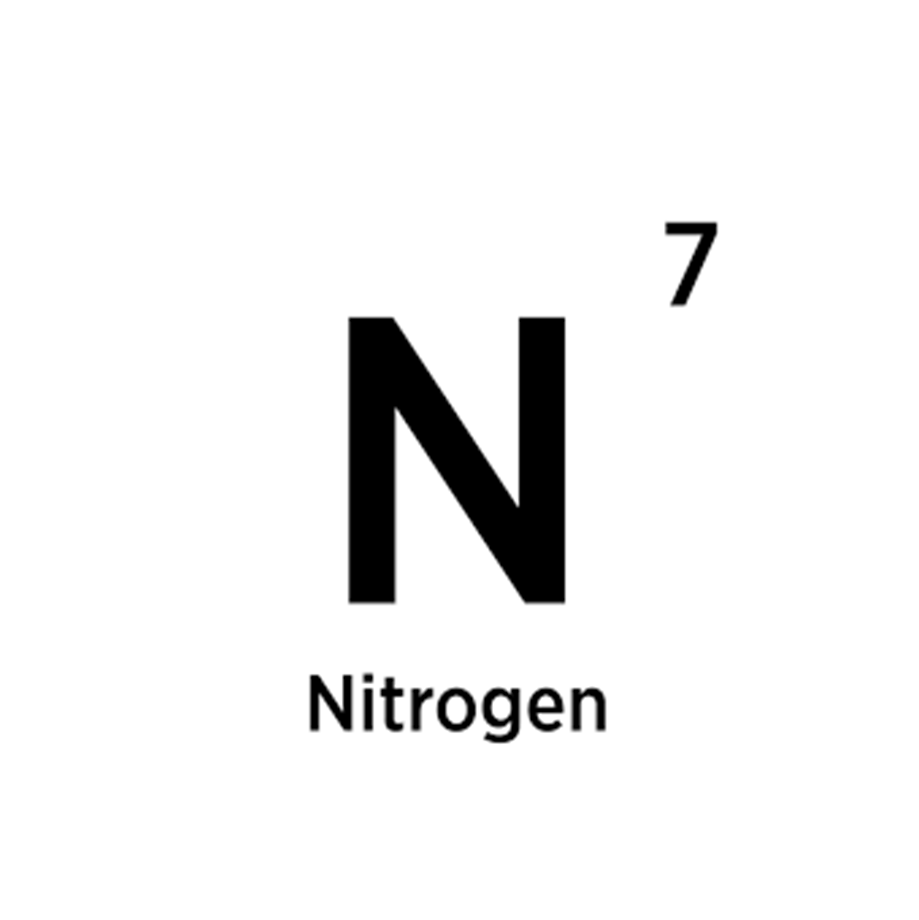
Nitrogen
Nitrogen compounds are essential to plant development, but atmospheric nitrogen must be fixed (transformed) into molecules that plants can use. Bacteria are the only organisms able to carry out nitrogen fixation.
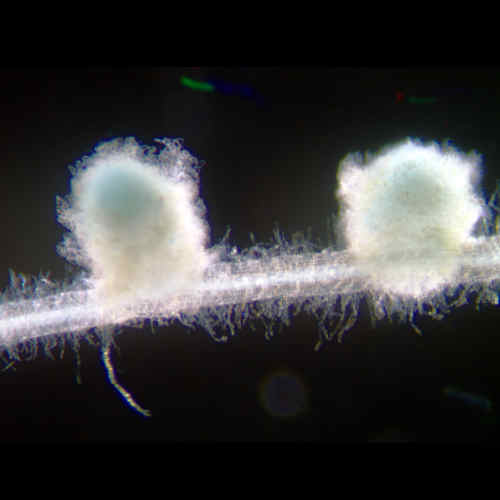
Nitrogen-fixing Bacteria
Nitrogen-fixing bacteria are found in many environments. Some nitrogen-fixing bacteria found in the soil have the additional ability to live inside the root nodules of certain plants, such as legumes, and provide fixed nitrogen to the plant host.

Bioenergy Crops
Most plants utilized for bioenergy production are not capable of hosting nitrogen-fixing bacteria, so they require applications of nitrogen to increase the speed of growth. However, nitrogen application is costly, environmentally damaging, and potentially hazardous to human health.

Our Research
We received funding from the U.S. Department of Energy to develop mechanisms to engineer bioenergy crops so that these plants can fix nitrogen via root nodule symbioses. If we are successful, engineered bioenergy crops could be cultivated in marginal lands that have little agricultural value due to poor soil or other characteristics.
